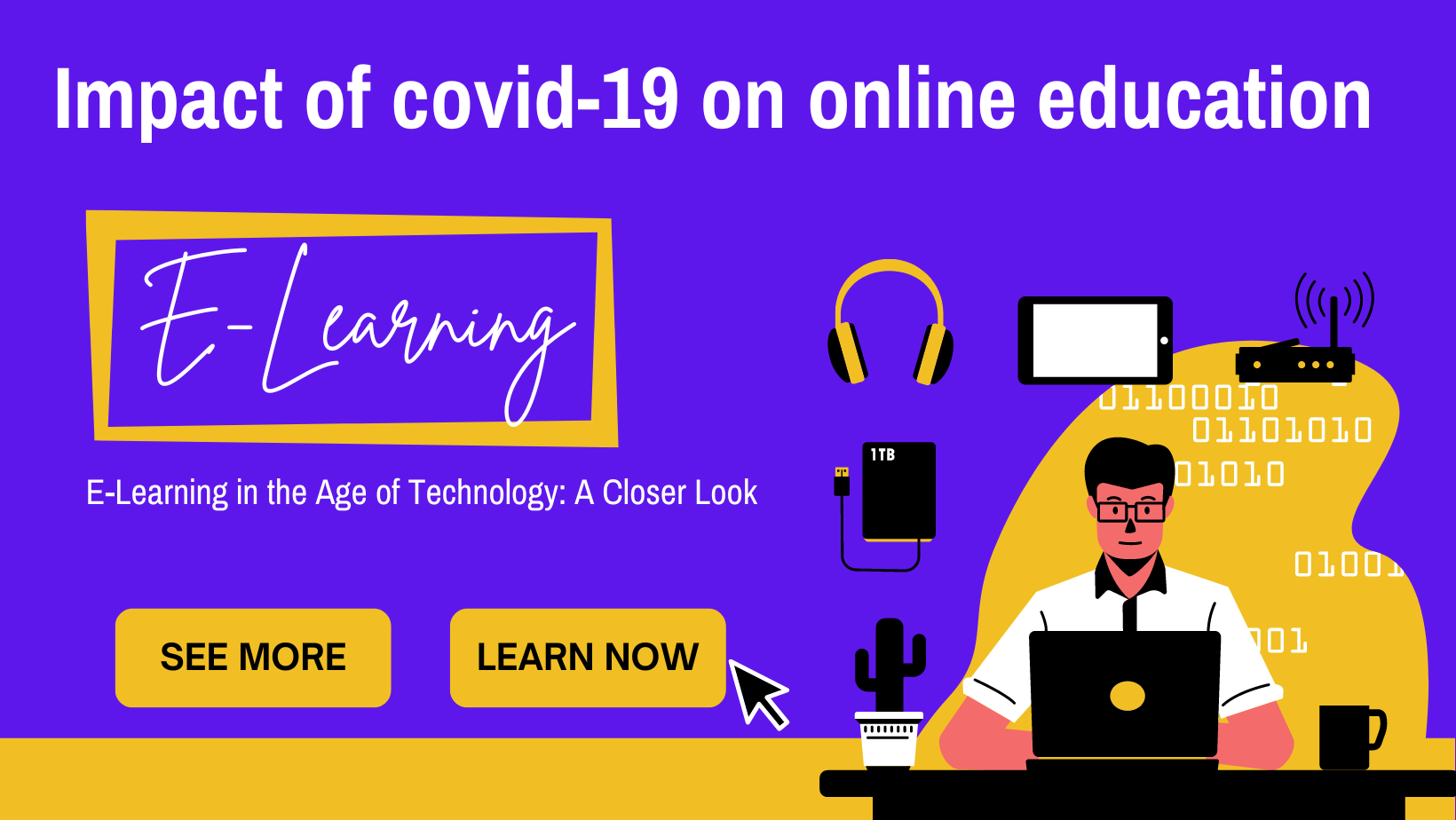Experience the Benefits of an Online Education: A Marketing Strategy to Convince Parents and Students to Try It Out!
As the world continues to move towards a virtual learning environment, online education portals are becoming increasingly popular for high school students. There are numerous advantages to taking classes online, including convenience, flexibility, and cost savings. However, many parents and students remain hesitant to embrace this type of learning. Online education portals offer a variety of advantages over traditional classrooms, such as increased flexibility, cost savings, and access to a wider range of resources.

However, convincing parents and students to study through an online education portal can be a challenge. To convince parents and students to study through an online education portal for high school education, it is important to focus on the key benefits of such an approach. Here are five strategies you can use to effectively promote your online education portal:
1. Highlight the Flexibility of Online Learning: One of the biggest benefits of online learning is its flexibility. With online learning, students can learn at their own pace, without the rigid timeline of a traditional classroom. This can be especially beneficial for parents with busy schedules or students with special needs. Emphasize the flexibility of online learning and how it can help parents and students make the most of their time.
2. Demonstrate Cost Savings: Online learning is often more cost-effective than traditional classroom learning. Not only can parents save money on tuition, but they can also save on transportation and other costs associated with traditional schooling. Demonstrate the cost savings associated with online learning and how parents and students can benefit from it.
3. Showcase the Quality of Resources: Online education portals offer access to a wide range of resources, such as textbooks, videos, activities, and more. Demonstrate the high quality of these resources and how they can help parents and students learn better.
4. Promote the Community: Online education portals often provide a sense of community, with students and teachers interacting in forums and other online spaces. Promote this sense of community and how it can help students feel more engaged and supported in their learning.
5. Stress the Safety of Online Learning: Parents and students may have concerns about the safety of online learning, due to the potential for cyber bullying and other issues. Highlight the security measures your online education portal has in place to ensure a safe learning environment for all. By emphasizing the key benefits of online learning and addressing any potential concerns, you can effectively promote your online education portal and convince parents and students to study through it. With these strategies in place, you can make the most of the online learning trend and help more parents and students take advantage of the many benefits it offers.






